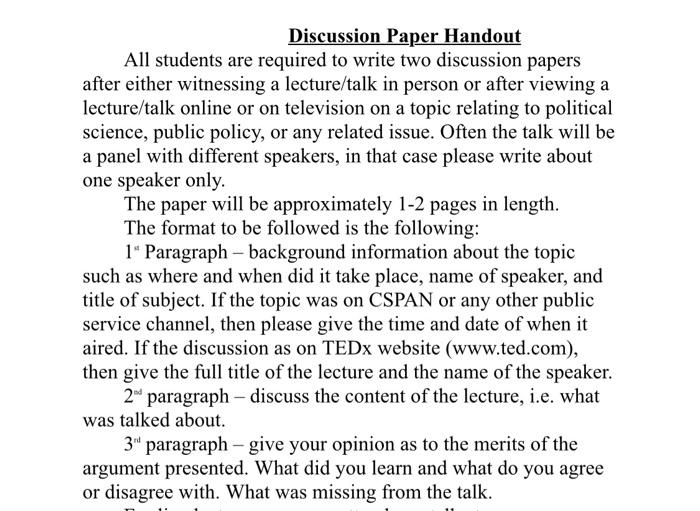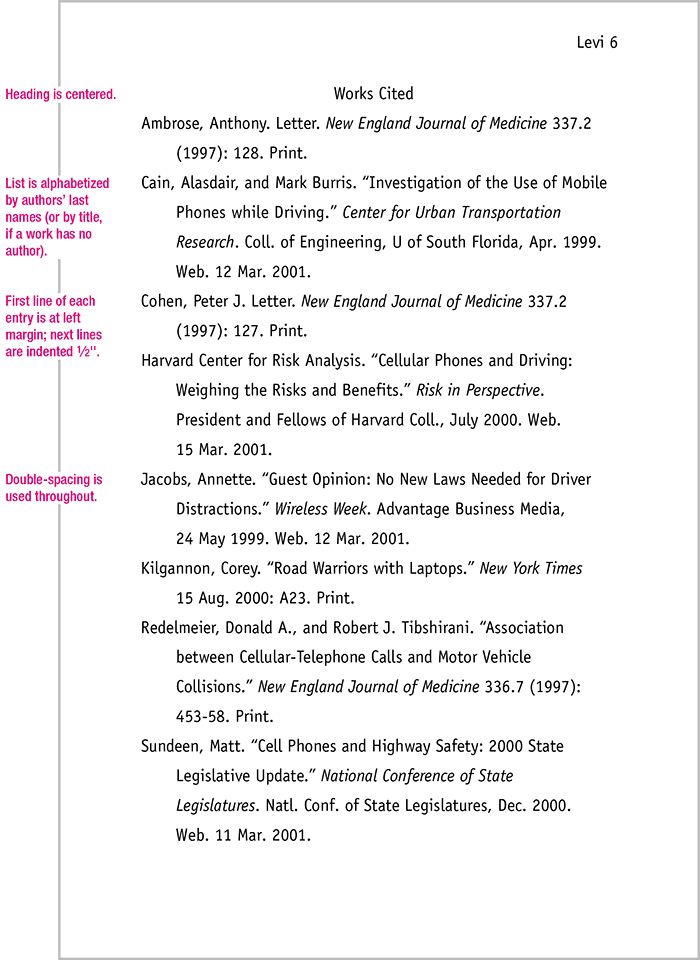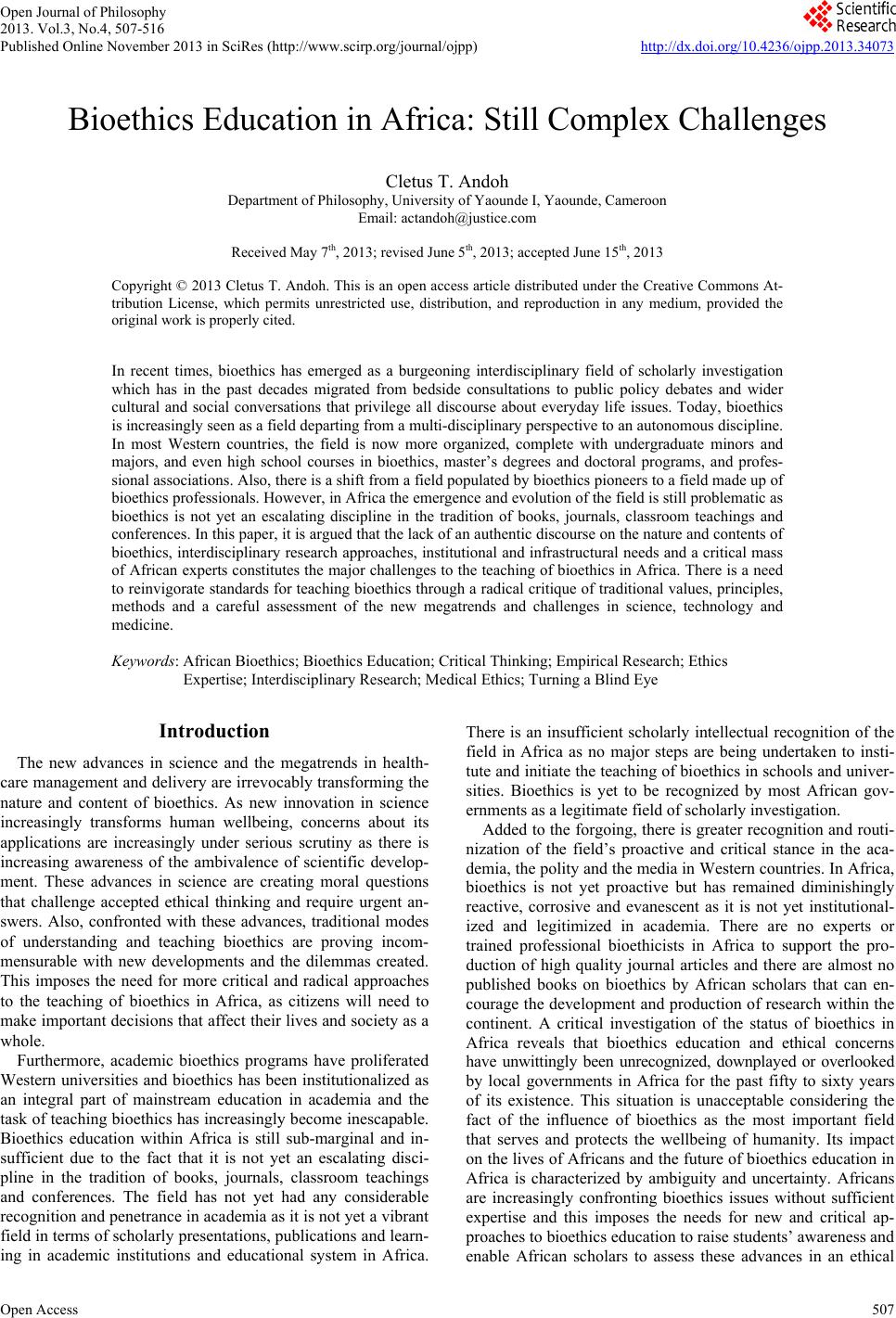To make writing a discussion paper as easy as possible, you must follow certain guidelines. This article will discuss the Structure of a discussion paper, Common mistakes to avoid when writing a discussion paper, and Taking notes for a discussion paper. It will also cover how to choose a topic for writing a paper. If you’re confused about what topic to write about, check out these tips! They will help you finish your paper in no time.
Structure of a discussion paper
The Structure of a Discussion Paper entails the systematic organization of the essay’s different parts, based on the theme or problem. The introduction summarizes the main point of the paper and offers thoughts, explanations, and contentions, including the thesis statement. The body of the paper presents the perspectives and appropriate models of the given issue. The body paragraphs analyze the subject, and the conclusion summarizes the whole paper and offers useful proposals.
The first paragraph should present the key findings of the study and its significance to the field. It should also present the implications of the research findings, providing context to the findings. The conclusion of the discussion section should summarize the key findings and potential next steps for further research. The last paragraph should summarize the significance and identify any next steps that may be necessary. In conclusion, the discussion section should provide an analysis and evaluation of the main findings of the study, as well as a new understanding.
Common mistakes to avoid in writing a discussion paper
In writing a discussion paper, the length should correspond to the type of article you’re writing. A six-figure article is significantly shorter than a case report. Generally, your discussion should not be an in-depth review of the literature. It should, instead, explain your findings in relation to previous studies. A good rule of thumb is 1500 words. Writing more than that may detract from your main point.
First, don’t mix up your results and discussion sections. While many journals allow authors to mix up the two sections, it’s better to check the guidelines before writing your paper. An example of a mixed up sentence is “only three of the ten bees flew faster than the flies. However, the second part of the sentence is interpreted and belongs in the discussion.”
Choosing a topic for a discussion paper
When you write a discussion paper, it’s crucial to determine the scope of your topic. Your writing space and the amount of detail you want to include will determine how wide or narrow your topic can be. For example, you can’t cover the causes of World War II in three pages; you’d need hundreds. Therefore, defining your topic is critical to save time and develop your thinking process. Below are some tips for choosing a topic for your discussion paper.
Choose a topic you’re interested in. Make sure that the topic is something that interests you and that you’ve researched thoroughly. You should consider both sides of an issue and use research to support your ideas. For example, if you’re interested in the topic of climate change, choose a topic that involves climate change. You’ll be more likely to find a topic that has many potential facets.
Taking notes for writing a discussion paper
While many students have experience writing discussion papers, not all of them understand how to structure the writing process and meet professors’ standards. This guide will help you prepare your notes for writing a discussion paper. In addition to keeping track of the things you need to include in your paper, taking notes can also help you organize your thoughts and ideas. By following these guidelines, you can ensure your paper is ready for submission in no time!
To take notes, you should separate your ideas onto separate sheets or cards. This will make it easier to group ideas and synthesise them later. You should also leave room for comments on your notes; these will act as a virtual first draft of your paper. Once you have completed your notes, you can shuffle them to make a more organized paper. Make sure to make a separate section for comments.
Conclusion of a discussion paper
The conclusion of a discussion paper is one of the most challenging parts of the whole paper. It must fulfill multiple functions and fill many roles. Consequently, it is vital to meet the requirements of each of these functions. Here are some guidelines to writing the conclusion of a discussion paper. Read over these guidelines before you begin writing your conclusion. The conclusion of a discussion paper should include the most important findings of the paper. Once you have outlined these results, state the main conclusions that you have drawn.
In this part of the paper, you present the data from the body of the paper. Then, you ask your audience to evaluate each contention point. You do not have to choose sides or take a position; rather, you must draw conclusions based on the data you’ve gathered throughout the paper. Your conclusion should tie your discussion back into the larger context in which you presented your findings. It should be written as an introduction to each table, presenting its main points in an accessible way.




